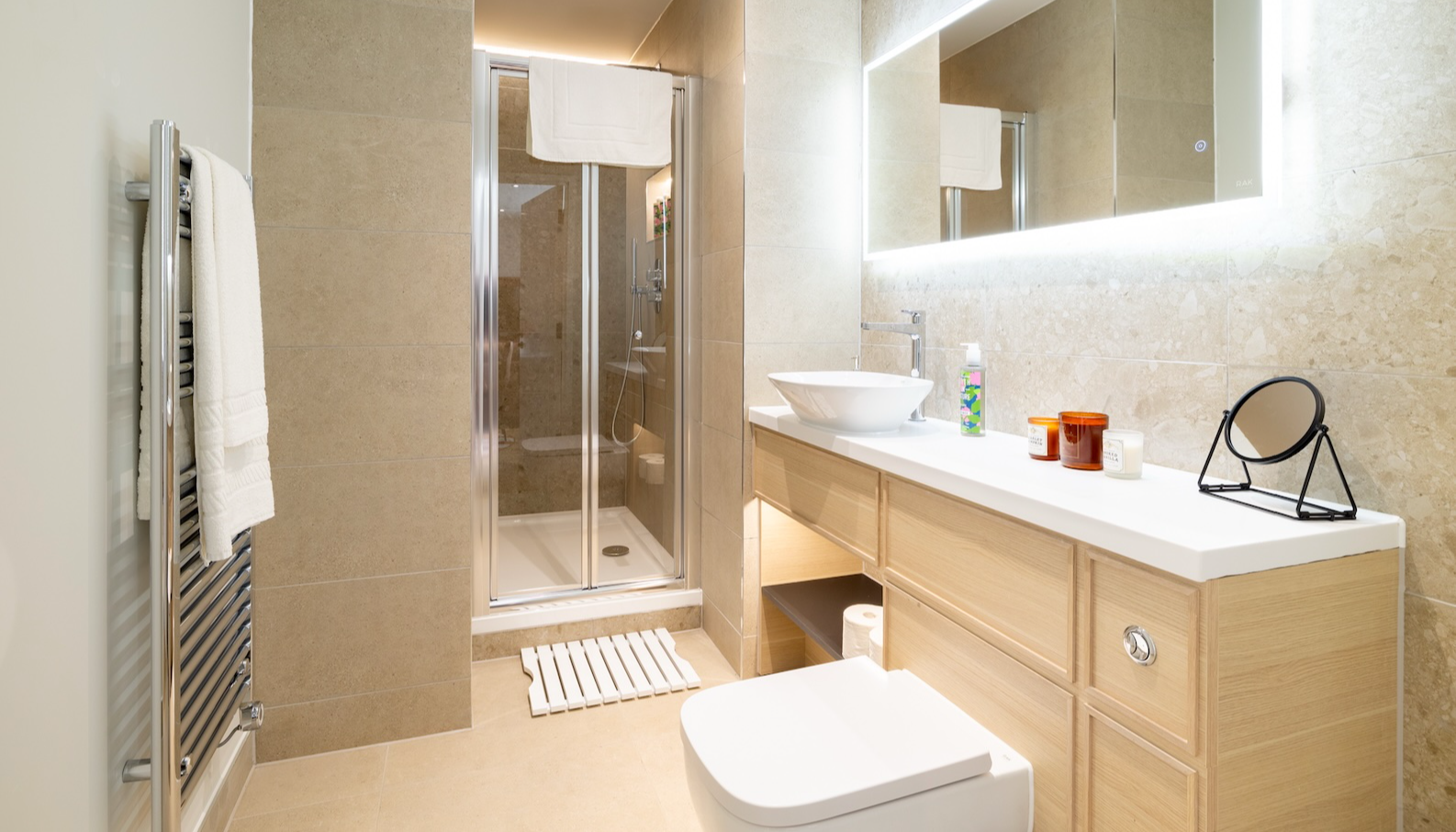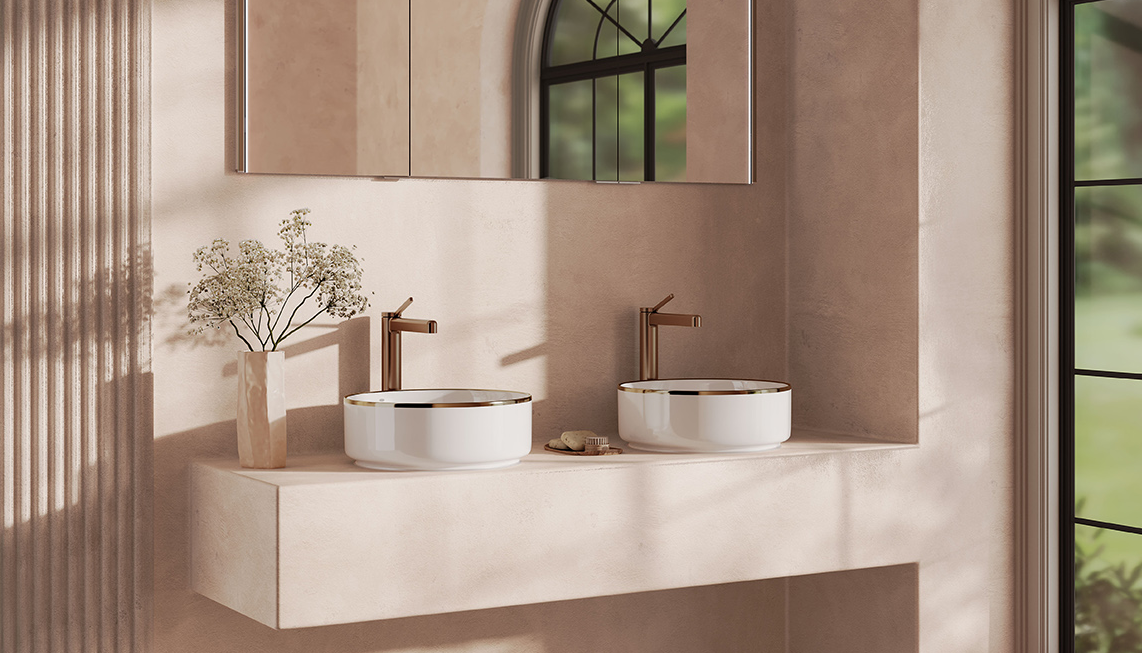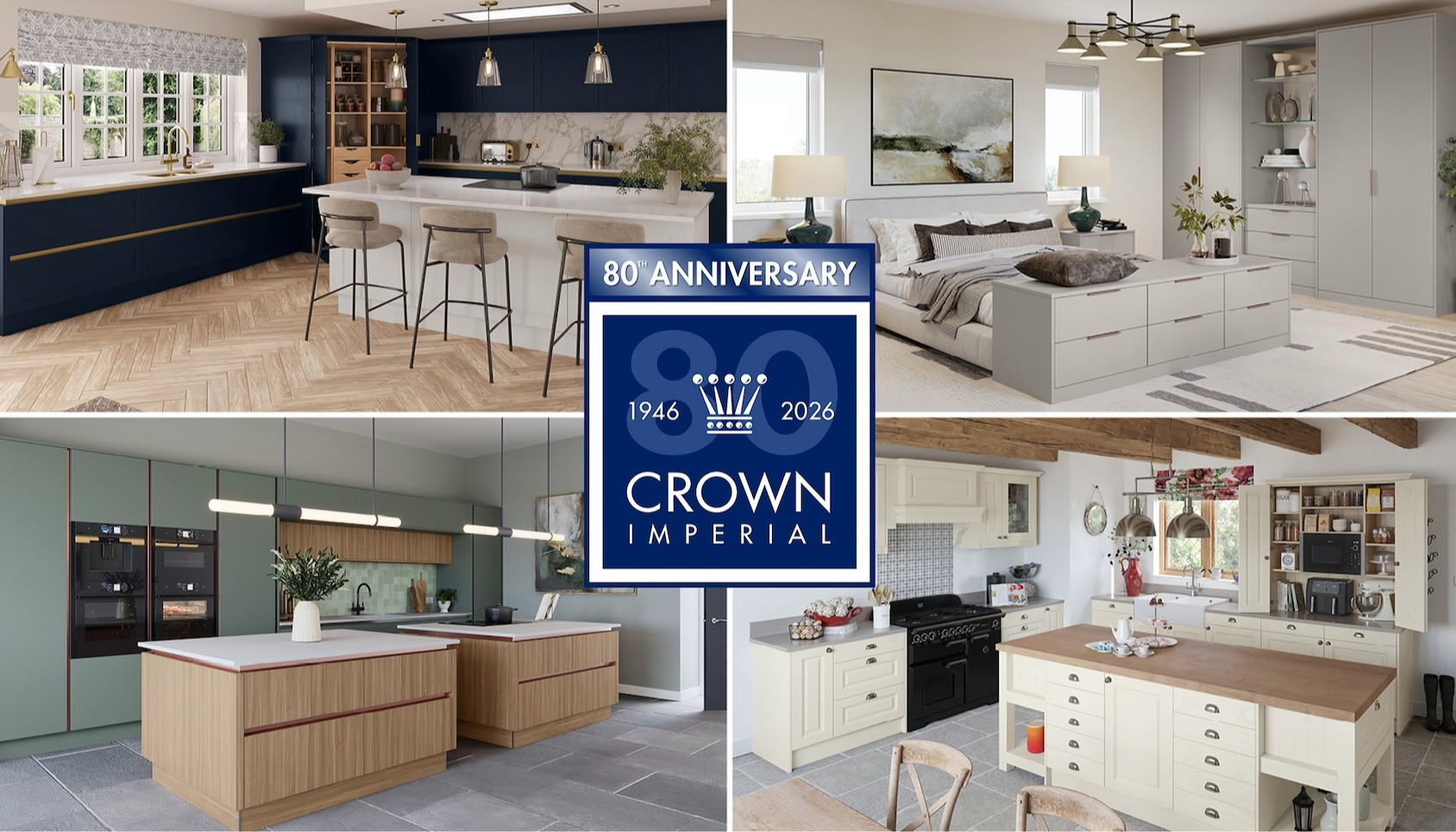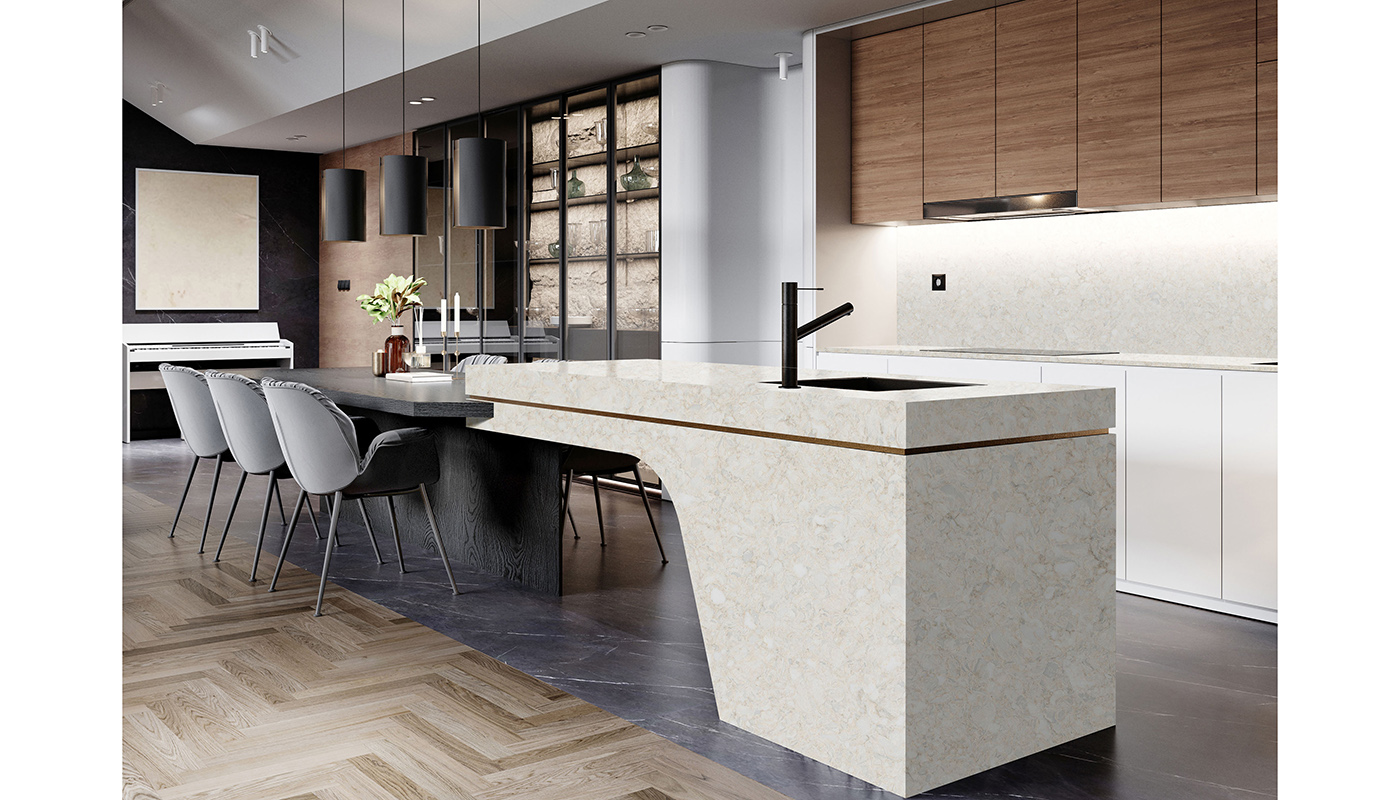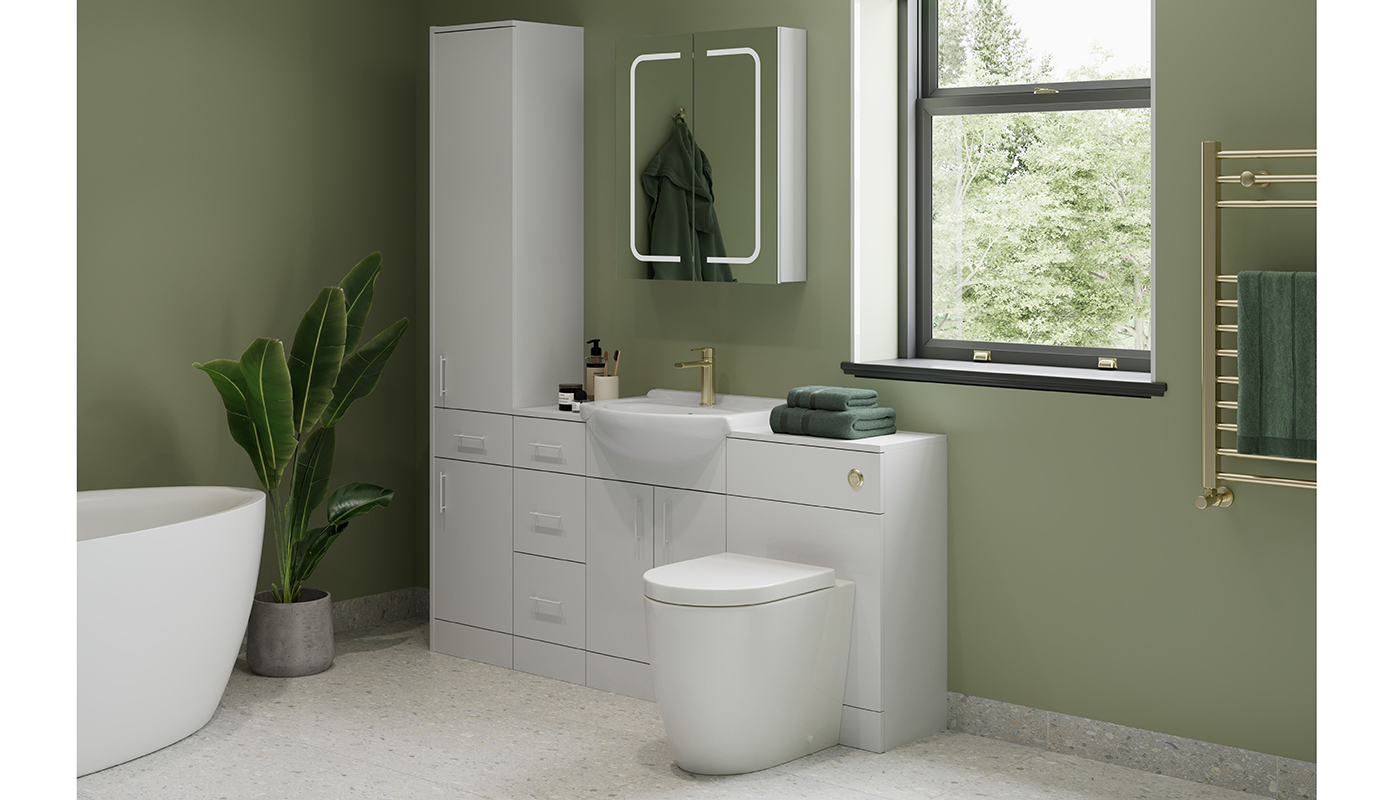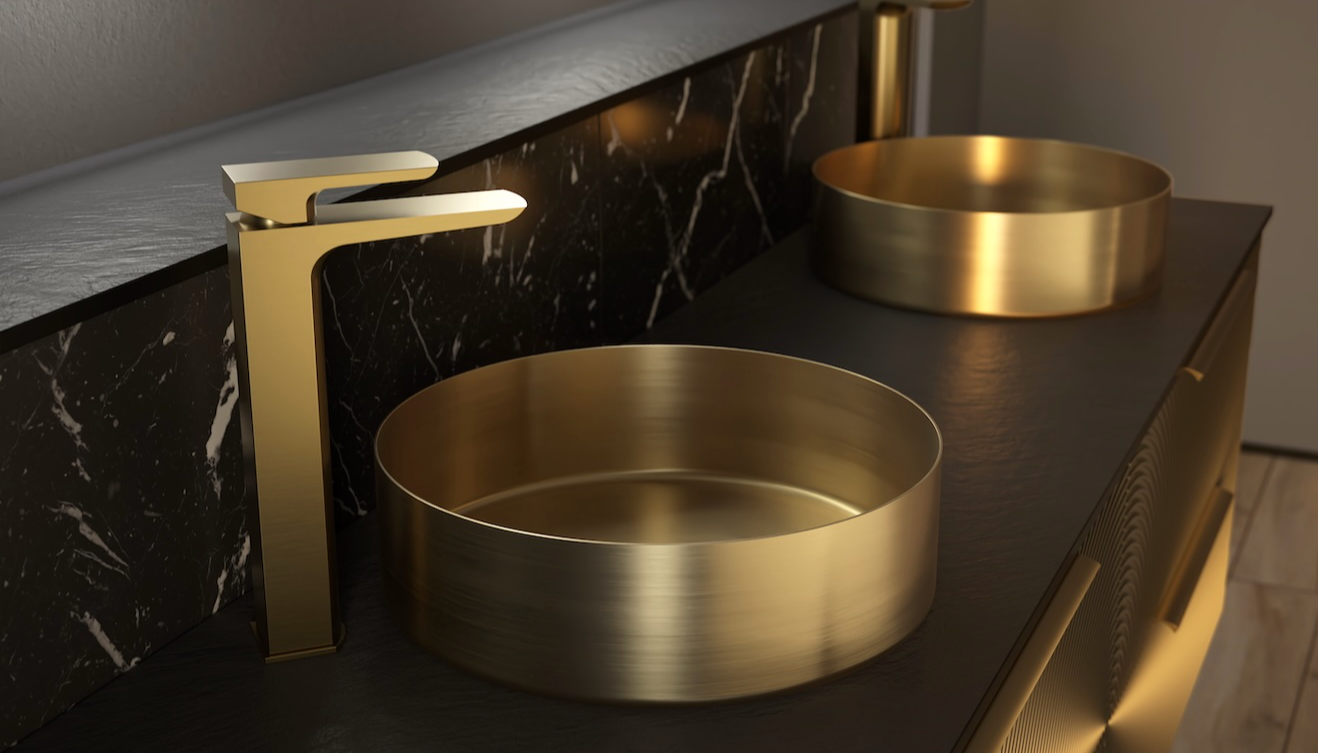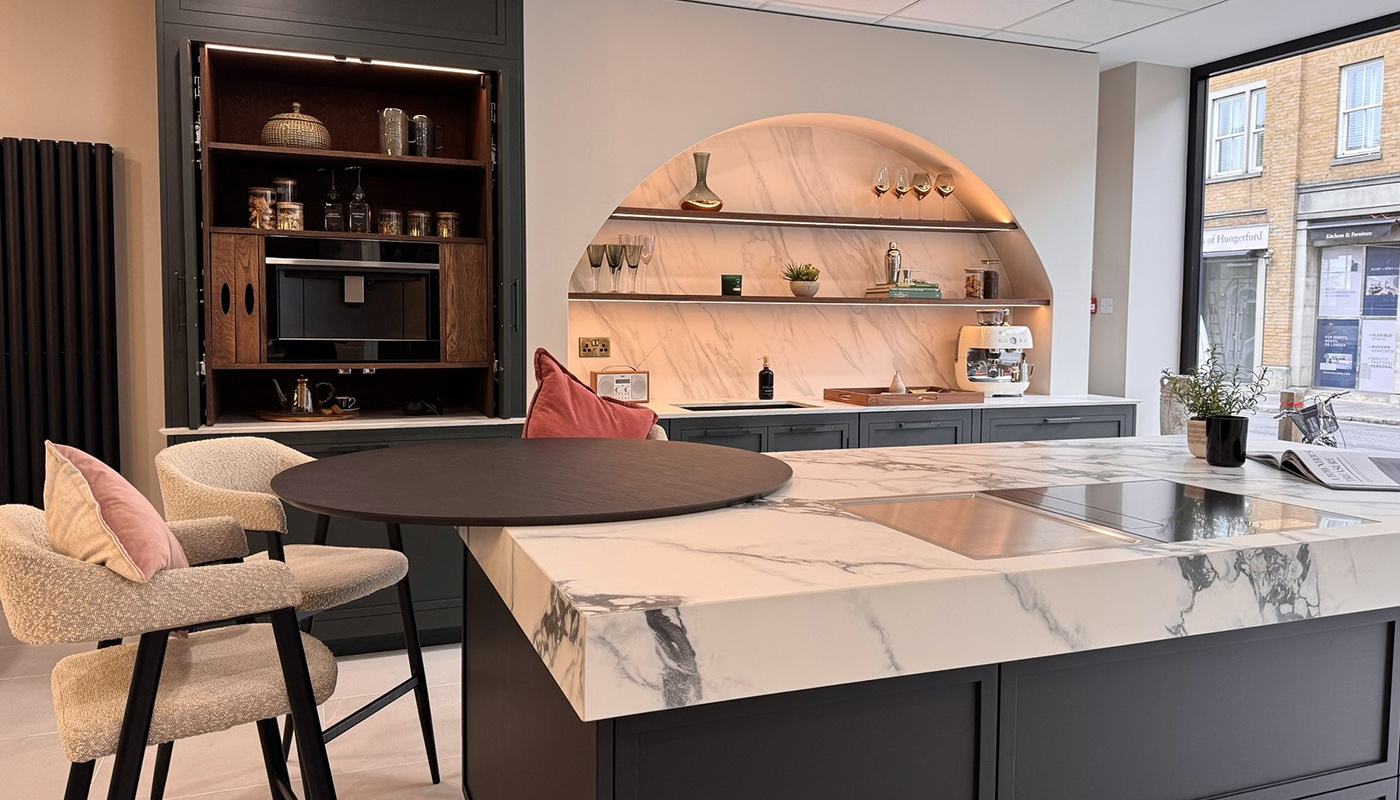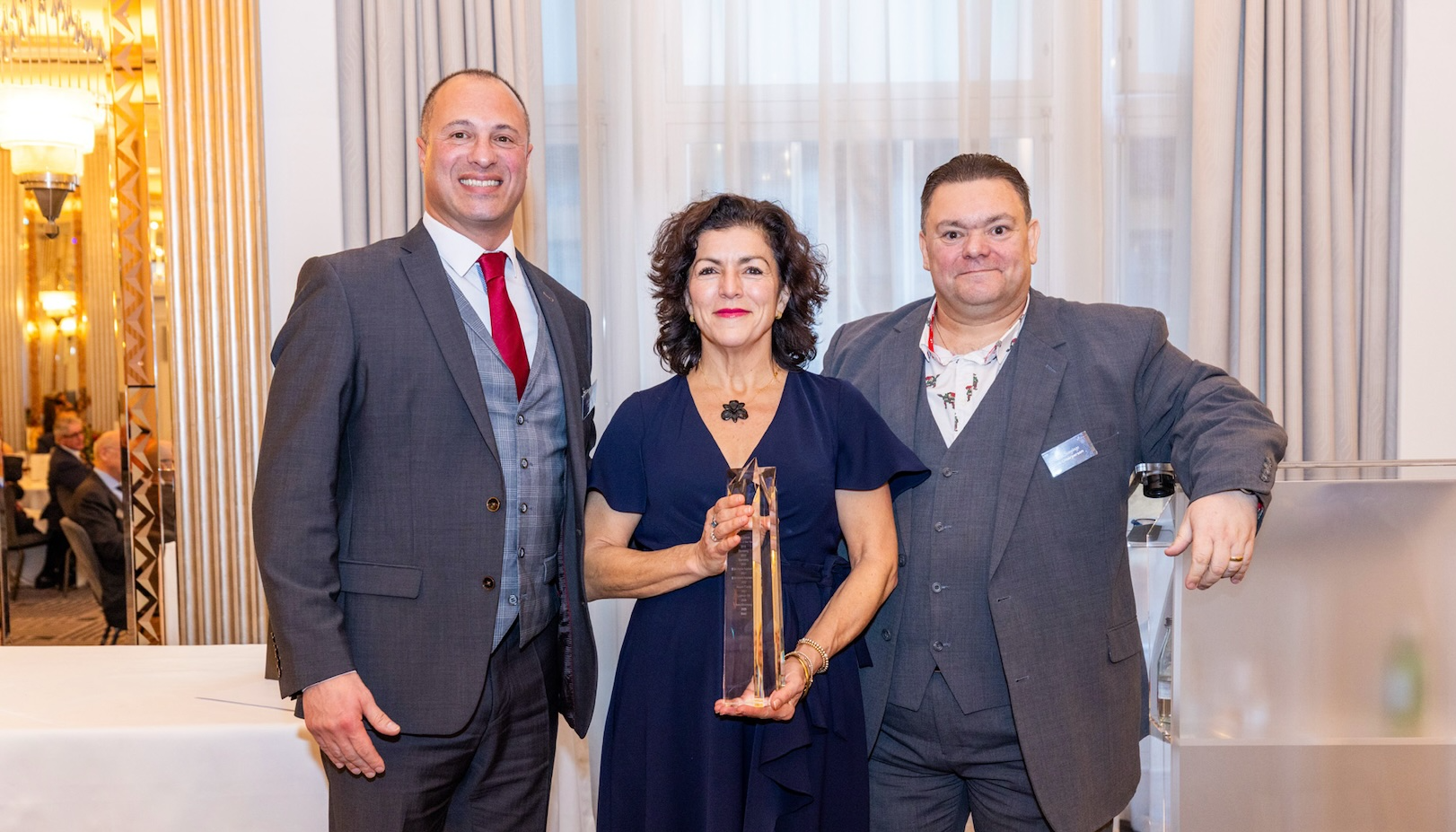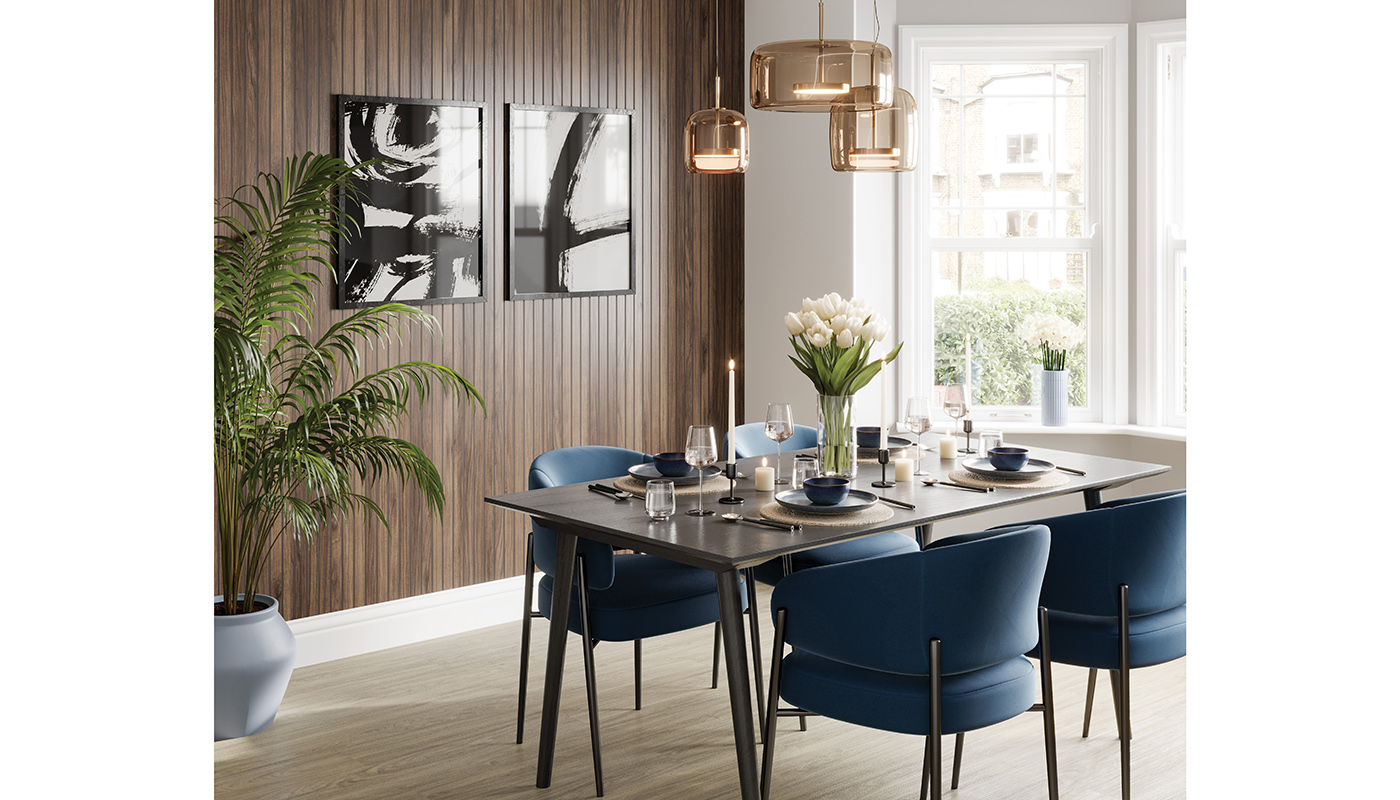Mark Sadler of Ropox – How to design an accessible bathroom

Mark Sadler of Ropox – How to design an accessible bathroom
Ropox is one of the world's leading specialists in assistive devices and furniture – here sales manager Mark Sadler reveals the key things to consider when designing an accessible bathroom.
Q: What should be taken into consideration prior to any installation?
A: Information gathering is vital! How does the client transfer to the toilet, shower seat and access the basin, and what is their level of independence? Most equipment can be tailored to be used with a left or right hand; therefore, it is important to ascertain if the client is stronger on one side should they be using the equipment themselves. Space is always one of the primary topics for discussion. Being aware of required turning spaces for a wheelchair and reach to ensure that taps, shower valves and support rails are all in the correct positions to provide as much independence as possible and if carers are needed, how much space will they need to facilitate their work? It is also important to consider the possible changing needs of the client in the future.
The best way to gain all this information is by talking to the client, family members, healthcare professionals and anybody else involved in providing day-to-day care to ensure the final bathroom ticks all the boxes. It is then a case of designing a bathroom that best suits the needs of everyone who will be using it and this can often include adults and children if it is a family home.
Q: What are the most common mistakes people make when designing an accessible bathroom?
A: Using the Part M guidelines, which are useful but only apply to adult wheelchair users and are not mandatory in a private bathroom. Removing and replacing the washbasin for a small inaccessible one to create more space, which then often makes the basin impractical to actually use. Providing fold down rails that do not project beyond the toilet, which makes transferring harder is another common mistake.
Q: When planning a bathroom, in addition to the client, do you work alongside their OT/architect/teacher/family members?
A: Yes, as everyone can offer valuable insight and information – it is a bit like putting a jigsaw together. OTs will give insight in to the needs of the client that an architect may not see, but the architect/technical officer may know the limits of the building and what is physically possible with the space and it is our role to help everyone get what they want and what is possible. Ultimately, no one knows the client better than their family so their input is also extremely important.
Q: How have accessible bathrooms and the equipment available evolved over the years?
A: Greatly, from recommendations and requirements such as building regulations which now require accessible height switches and ground floor toilets in all new builds. Also, in the last 20 years equipment and product design has become less institutional. Products no longer look like they have come straight from a hospital or care home, but as though they belong in a home and people can have a stylish adapted bathroom which fits seamlessly within their own home.
Q: What are the most common misconceptions people have about what can be incorporated into an accessible bathroom?
That there is not enough space for everything. Having flexible equipment that can move, such as shower chairs or the Ropox washbasins can greatly improve accessibility and make the best use of the space that is available.
Q: Do you think that installing an accessible bathroom/changing room in a person’s homes is a better option than moving house or potentially moving into a care home?
A: Yes! Many people we work with have been living in their current family home for years and they do not want to move out as a consequence of their reduced mobility. They just need equipment that will provide them with more independence and this is where we can help. It is also far more cost effective for all concerned to adapt an existing bathroom if possible, compared to the cost of either moving house or going into a care home.
Q: Looking to the future, what do you think we will see in terms of product innovation?
In the future we will see even more aesthetically pleasing products and connectivity. As technology evolves, we will also see products using the internet, so users will get alerts if a product needs servicing or something such as temperature may need adjusting?
Tags: insight, features, ropox, mark sadler, accessible bathroom design, bathrooms






